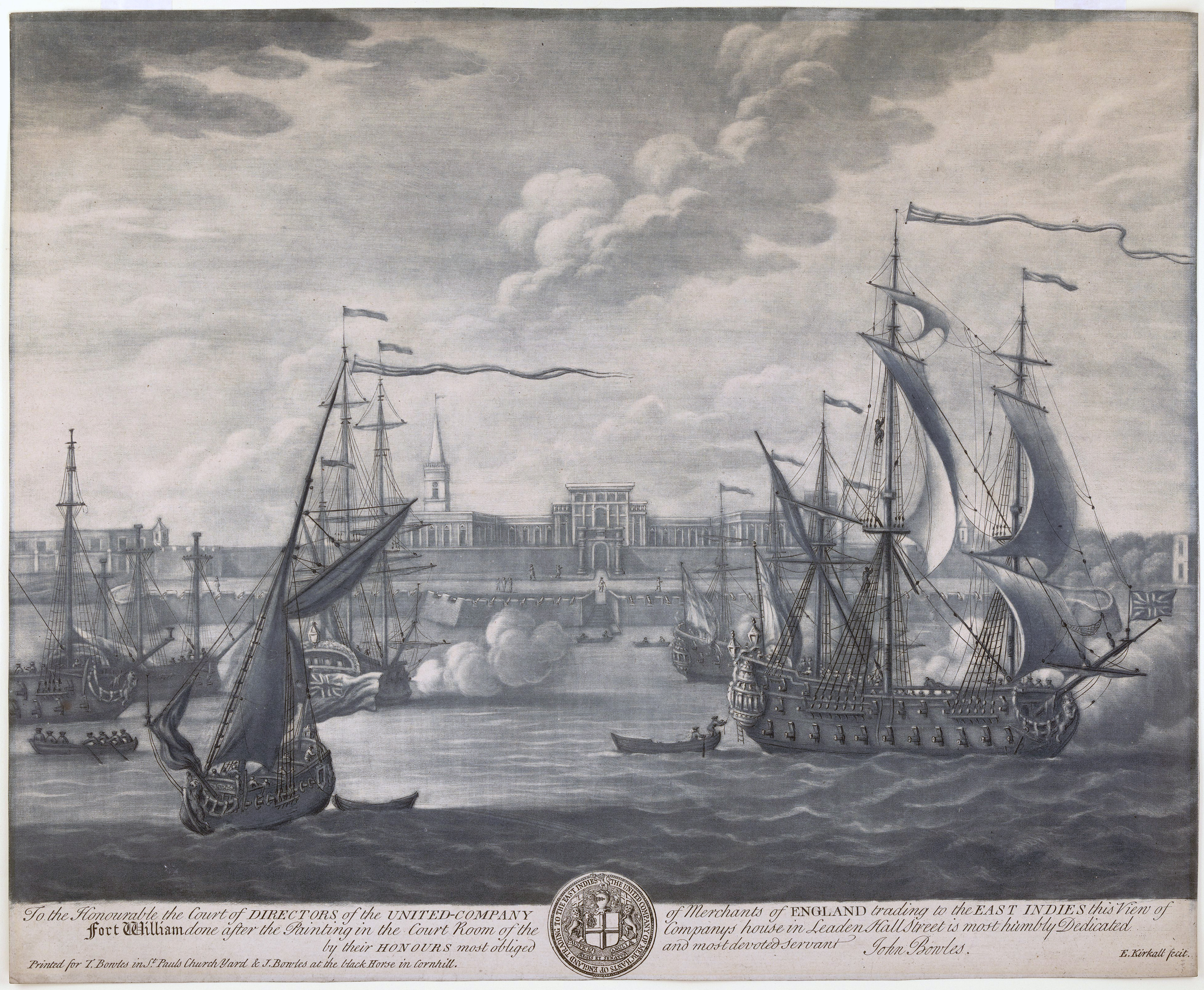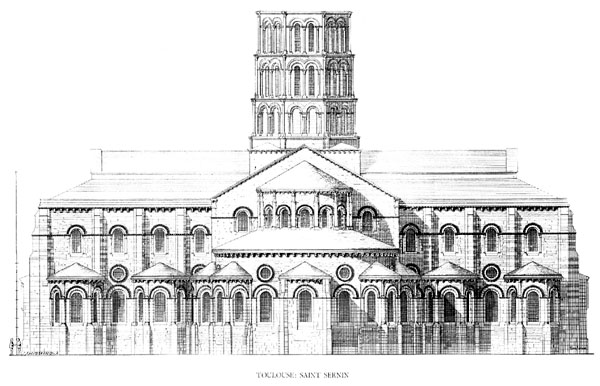|
St Andrew's Church, Karachi
St Andrew's Church, also known as Scotch Church, is a gothic-style building of a presbyterian church located in Saddar, Karachi, Pakistan. It is legally protected under the Sindh Cultural Heritage (Preservation) Act. History It was built between 1867 and 1868 under the supervision of the architect T. G. Newnham, associated with the firm J W Poundley and D Walker (Land-surveyors and Architects), for the Scottish Presbyterian mission in British India. The church's foundation stone was laid in February 1867 by commander-in-chief of the Bombay Army, Robert Napier, 1st Baron Napier of Magdala. The church is built in a blend of the Gothic Gothic or Gothics may refer to: People and languages *Goths or Gothic people, the ethnonym of a group of East Germanic tribes **Gothic language, an extinct East Germanic language spoken by the Goths **Crimean Gothic, the Gothic language spoken b ... and Romanesque styles, and has a large rose window over eighteen feet in diameter. The land ... [...More Info...] [...Related Items...] OR: [Wikipedia] [Google] [Baidu] |
Gothic Architecture
Gothic architecture (or pointed architecture) is an architectural style that was prevalent in Europe from the late 12th to the 16th century, during the High and Late Middle Ages, surviving into the 17th and 18th centuries in some areas. It evolved from Romanesque architecture and was succeeded by Renaissance architecture. It originated in the Île-de-France and Picardy regions of northern France. The style at the time was sometimes known as ''opus Francigenum'' (lit. French work); the term ''Gothic'' was first applied contemptuously during the later Renaissance, by those ambitious to revive the architecture of classical antiquity. The defining design element of Gothic architecture is the pointed or ogival arch. The use of the pointed arch in turn led to the development of the pointed rib vault and flying buttresses, combined with elaborate tracery and stained glass windows. At the Abbey of Saint-Denis, near Paris, the choir was reconstructed between 1140 and 114 ... [...More Info...] [...Related Items...] OR: [Wikipedia] [Google] [Baidu] |
Presbyterian Church
Presbyterianism is a part of the Reformed tradition within Protestantism that broke from the Roman Catholic Church in Scotland by John Knox, who was a priest at St. Giles Cathedral (Church of Scotland). Presbyterian churches derive their name from the presbyterian form of church government by representative assemblies of elders. Many Reformed churches are organised this way, but the word ''Presbyterian'', when capitalized, is often applied to churches that trace their roots to the Church of Scotland or to English Dissenter groups that formed during the English Civil War. Presbyterian theology typically emphasizes the sovereignty of God, the authority of the Scriptures, and the necessity of grace through faith in Christ. Presbyterian church government was ensured in Scotland by the Acts of Union in 1707, which created the Kingdom of Great Britain. In fact, most Presbyterians found in England can trace a Scottish connection, and the Presbyterian denomination was also t ... [...More Info...] [...Related Items...] OR: [Wikipedia] [Google] [Baidu] |
Saddar
Saddar ( ur, ), also known as Saddar Bazaar, is a neighbourhood in Karachi, Pakistan. The locality was developed as the primary commercial district during the period of British-era rule in Karachi. As a result, Saddar contains the large concentration of colonial-era architecture in Karachi. History Saddar was established by the British in 1839 as a commercial district for Karachi's European population, to the east of the bazaars of old Karachi in Mithadar, Kharadar, and Jodia Bazaar which served the native population. Following the annexation of Sindh in 1843, Saddar became the location of administrative and military functions. Following the Mutiny of 1857, rebels were executed at by being blown from the mouths of cannons at Saddar's military parade grounds. Karachi's most elite Catholic institutions were quickly established in Karachi: St Patrick's High School and St Joseph's Convent High School, wereset up in 1861 and 1862 respectively. The Edulji Dinshaw Dispensary was ... [...More Info...] [...Related Items...] OR: [Wikipedia] [Google] [Baidu] |
Karachi
Karachi (; ur, ; ; ) is the most populous city in Pakistan and 12th most populous city in the world, with a population of over 20 million. It is situated at the southern tip of the country along the Arabian Sea coast. It is the former capital of Pakistan and capital of the province of Sindh. Ranked as a beta-global city, it is Pakistan's premier industrial and financial centre, with an estimated GDP of over $200 billion ( PPP) . Karachi paid $9billion (25% of whole country) as tax during fiscal year July 2021 to May 2022 according to FBR report. Karachi is Pakistan's most cosmopolitan city, linguistically, ethnically, and religiously diverse, as well as one of Pakistan's most secular and socially liberal cities. Karachi serves as a transport hub, and contains Pakistan’s two largest seaports, the Port of Karachi and Port Qasim, as well as Pakistan's busiest airport, Jinnah International Airport. Karachi is also a media center, home to news channels, film and f ... [...More Info...] [...Related Items...] OR: [Wikipedia] [Google] [Baidu] |
J W Poundley And D Walker (Land-surveyors And Architects)
Poundley and Walker or John Wilkes Poundley and David Walker were a land surveyors and architects’ partnership with offices at Black Hall, Kerry, Montgomeryshire and at Unity Buildings, 22 Lord Street, Liverpool. The partnership was established probably in the mid-1850s and was dissolved in June 1867. The partnership was involved with large country estate building projects, church and civic buildings and some civil engineering. They specialized in building model farms. J. W. Poundley was also the county surveyor for Montgomeryshire from 1861–1872. The architect, canal and railway engineer, T. G. Newnham (sometimes incorrectly given as T. G. Newenham) appears have been associated with the partnership. John Wilkes Poundley (1807–1872) Poundley was baptized at Montgomery, 27 April 1807. Following the death of his father, he was taken into the guardianship of William Pugh of Caerhowel and in 1827 he was apprenticed to the Oswestry architect Thomas Penson. He never qualified a ... [...More Info...] [...Related Items...] OR: [Wikipedia] [Google] [Baidu] |
Presbyterian
Presbyterianism is a part of the Reformed tradition within Protestantism that broke from the Roman Catholic Church in Scotland by John Knox, who was a priest at St. Giles Cathedral (Church of Scotland). Presbyterian churches derive their name from the presbyterian form of church government by representative assemblies of elders. Many Reformed churches are organised this way, but the word ''Presbyterian'', when capitalized, is often applied to churches that trace their roots to the Church of Scotland or to English Dissenter groups that formed during the English Civil War. Presbyterian theology typically emphasizes the sovereignty of God, the authority of the Scriptures, and the necessity of grace through faith in Christ. Presbyterian church government was ensured in Scotland by the Acts of Union in 1707, which created the Kingdom of Great Britain. In fact, most Presbyterians found in England can trace a Scottish connection, and the Presbyterian denomination was also ta ... [...More Info...] [...Related Items...] OR: [Wikipedia] [Google] [Baidu] |
British India
The provinces of India, earlier presidencies of British India and still earlier, presidency towns, were the administrative divisions of British governance on the Indian subcontinent. Collectively, they have been called British India. In one form or another, they existed between 1612 and 1947, conventionally divided into three historical periods: *Between 1612 and 1757 the East India Company set up factories (trading posts) in several locations, mostly in coastal India, with the consent of the Mughal emperors, Maratha Empire or local rulers. Its rivals were the merchant trading companies of Portugal, Denmark, the Netherlands, and France. By the mid-18th century, three ''presidency towns'': Madras, Bombay and Calcutta, had grown in size. *During the period of Company rule in India (1757–1858), the company gradually acquired sovereignty over large parts of India, now called "presidencies". However, it also increasingly came under British government oversight, in effect shar ... [...More Info...] [...Related Items...] OR: [Wikipedia] [Google] [Baidu] |
Robert Napier, 1st Baron Napier Of Magdala
Field Marshal Robert Cornelis Napier, 1st Baron Napier of Magdala (6 December 1810 – 14 January 1890) was a British Indian Army officer. He fought in the First Anglo-Sikh War and the Second Anglo-Sikh War before seeing action as chief engineer during the second relief of Lucknow in March 1858 during the Indian Rebellion of 1857. He also served in the Second Opium War as commander of the 2nd division of the expeditionary force which took part in the Battle of Taku Forts, the surrender of Peking's Anting Gate and the entry to Peking in 1860. He subsequently led the punitive expedition to Abyssinia July 1867, defeating the Emperor Tewodros II of Ethiopia with minimal loss of life among his own forces and rescuing the hostages of Tewodros. Military career Early career Born the son of Major Charles Frederick Napier, who was wounded at the storming of Meester Cornelis (now Jatinegara) in Java on (26 August 1810) and died some months later, and Catherine Napier (née ... [...More Info...] [...Related Items...] OR: [Wikipedia] [Google] [Baidu] |
Romanesque Architecture
Romanesque architecture is an architectural style of medieval Europe characterized by semi-circular arches. There is no consensus for the beginning date of the Romanesque style, with proposals ranging from the 6th to the 11th century, this later date being the most commonly held. In the 12th century it developed into the Gothic style, marked by pointed arches. Examples of Romanesque architecture can be found across the continent, making it the first pan-European architectural style since Imperial Roman architecture. The Romanesque style in England and Sicily is traditionally referred to as Norman architecture. Combining features of ancient Roman and Byzantine buildings and other local traditions, Romanesque architecture is known by its massive quality, thick walls, round arches, sturdy pillars, barrel vaults, large towers and decorative arcading. Each building has clearly defined forms, frequently of very regular, symmetrical plan; the overall appearance is one of simpli ... [...More Info...] [...Related Items...] OR: [Wikipedia] [Google] [Baidu] |
Church Of Pakistan
The Church of Pakistan is a united Protestant Church in Pakistan, which is part of the Anglican Communion and a member of the World Communion of Reformed ChurchesDatabase (9 February 2006)"Sialkot Diocese of the Church of Pakistan" Reformed Online. Retrieved 16 April 2014. and the World Methodist Council. Establishment of the church It was established in 1970 with a union of Anglicans ( Church of India, Pakistan, Burma and Ceylon), Scottish Presbyterians (Church of Scotland), United Methodists, and Lutherans. It is the only united Protestant Church in South Asia which involves Lutherans. The church has two theological seminaries: the Gujranwala Theological Seminary and St. Thomas' Theological College, Karachi. List of Dioceses * Faisalabad (Bishop: Aleem Anwar Gill) * Hyderabad (Bishop: Bishop Kaleem John) * Karachi (Bishop: Frederick John) * Lahore (Bishop: Irfan Jamil) * Multan (Bishop: Leo Roderick Paul) * Peshawar (Bishop: Humphrey Peters) * Raiwind (Bishop: Aza ... [...More Info...] [...Related Items...] OR: [Wikipedia] [Google] [Baidu] |
Churches In Karachi
Church may refer to: Religion * Church (building), a building for Christian religious activities * Church (congregation), a local congregation of a Christian denomination * Church service, a formalized period of Christian communal worship * Christian denomination, a Christian organization with distinct doctrine and practice * Christian Church, either the collective body of all Christian believers, or early Christianity Places United Kingdom * Church (Liverpool ward), a Liverpool City Council ward * Church (Reading ward), a Reading Borough Council ward * Church (Sefton ward), a Metropolitan Borough of Sefton ward * Church, Lancashire, England United States * Church, Iowa, an unincorporated community * Church Lake, a lake in Minnesota Arts, entertainment, and media * ''Church magazine'', a pastoral theology magazine published by the National Pastoral Life Center Fictional entities * Church (''Red vs. Blue''), a fictional character in the video web series ''Red vs. Blue'' * Churc ... [...More Info...] [...Related Items...] OR: [Wikipedia] [Google] [Baidu] |

.jpg)



.jpg)




